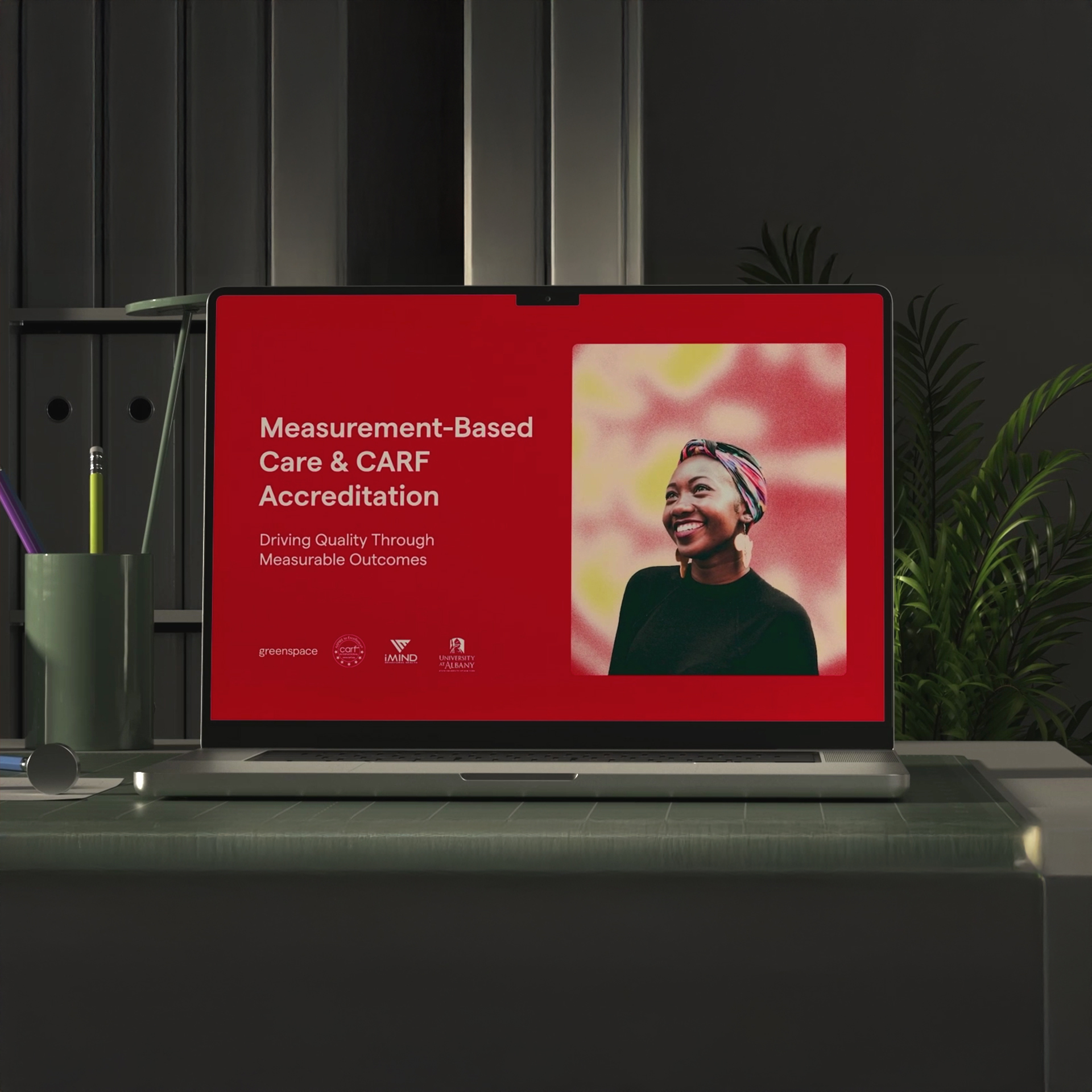
Quality improvement is a key component of effective behavioral health. Increasingly, formal initiatives are being put in place by states, counties and managed care organizations (risk-bearing payers) with a primary goal of improving organizational practices and process related quality improvement. While this “one-more-requirement” can be a burden, there is also an opportunity for it to be more impactful and less daunting.
California PIPs are a great example of this.
California’s County Mental Health Plans (“MHPs”), which arrange for Medi-Cal beneficiaries to receive specialty mental health services, must complete at least one clinical and one non-clinical performance improvement project (“PIP”). These PIPs are evaluated by an External Quality Review Organization (“EQRO”), and the annual reports generated by the EQRO are provided to the state of California and the Centers for Medicare & Medicaid Services. This shift towards mandated performance improvement demonstrates a national commitment to enhancing the process and outcomes of behavioral healthcare.
Designing an effective PIP can be challenging, as teams navigate the guidelines and decide on an appropriate intervention. Because PIPs are intended to improve the health or functioning of MHP beneficiaries, standardized assessments that track client outcomes, also known as patient-reported outcome measures (“PROMs”) or patient-reported experience measures (“PREMs”), can be used to quantify clinical improvements achieved by the PIP. Useful variables that can be captured by these measures include patient functioning, behavioral health symptoms, and experience with healthcare services. Below, we explore how outcome measurement can support the PIP development and implementation process.
Selecting performance measures
Performance measures track the results of a PIP. If an intervention aims to improve a defined clinical outcome (e.g. depression symptoms in children), a PROM/PREM that is specific to the targeted changes can be used to determine if the project was successful. Access to data is also important. If outcome measurement is performed frequently throughout the PIP, on a monthly or even weekly basis, there are more opportunities for the performance improvement team to monitor and revise the project in real time.
Data collection & analysis
The methods used to collect data for PIPs must be valid and reliable. PROMs and PREMs, like the PHQ-9 for depression, are psychometrically sound, person-centered and research-validated. Many of these assessments are designed to measure specific presenting issues (e.g. generalized anxiety or alcohol use), generating a highly granular and targeted data set. They can also be performed at baseline, repeated throughout the intervention, and accompanied by appropriate statistical analysis to determine if the change in outcomes was significant.
Demonstrating sustainable change
Following the completion of a successful PIP, there needs to be a goal of scaling the project across an organization (or even more broadly than that). Having a simple and consistent model for completing PROMs/PREMs using technology can make this process significantly easier. It has been shown to promote more consistent practice and will create transparency as to whether the scaled initiative is having the same impact as the original PIP
The process of implementing a successful PIP with performance measurement in place, and then scaling the impact across an organization is meaningful. Not just for patients, but for an organization’s culture around improvement and change.
Measurement as performance improvement
While measurement is important for a successful PIP, it can also be a core part of the intervention (or actually be the PIP itself). With consistent use of measurement, research points to greater symptom improvements (Krägeloh, 2014) and potential for increased client engagement with treatment and self-management (Valenstein, 2009). Thus, measurement-based care can actually be implemented as part of a PIP designed to improve outcomes and engagement in a population of interest.
Conclusion
Patient-reported outcome measurement can be leveraged to create quality improvement in behavioral health. However, due to barriers like administrative burden and lack of client buy-in, it can be difficult to enable effective measurement within a PIP (and to eventually scale it). Technology-based outcome measurement solutions (like Greenspace) can increase the feasibility of measurement-based care. Because PROMs/PREMs are client-reported, computer-based workflows which automate assessment delivery and data collection can reduce the burden on clinicians and administrators. Additionally, full visibility of clients into their assessment results both drives engagement and creates opportunities for transparent, person-centered decision-making.
If you are interested in learning more about the relationship between measurement and quality improvement, or want to explore how other organizations approach measurement-based care, please reach out to info@greenspacehealth.com.
References
Krägeloh, C. U., Czuba, K. J., Billington, D. R., Kersten, P., & Siegert, R. J. (2015). Using feedback from patient-reported outcome measures in mental health services: a scoping study and typology. Psychiatric Services, 66(3), 224-241.
Valenstein, M., Adler, D. A., Berlant, J., Dixon, L. B., Dulit, R. A., Goldman, B., … & Sonis, W. A. (2009). Implementing standardized assessments in clinical care: now’s the time. Psychiatric Services, 60(10), 1372-1375.












